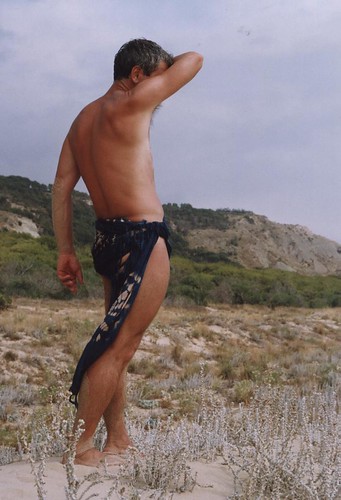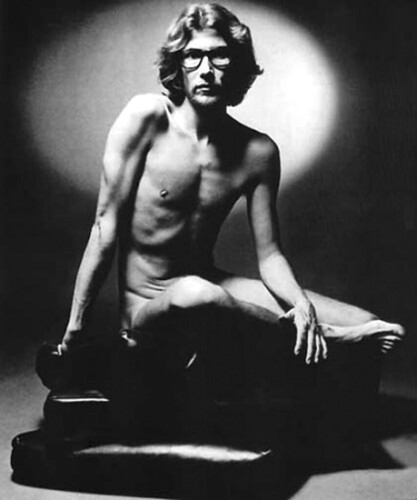Paris
I have always intended to review Paris in a larger context of a feature series about Sophia Grojsman and her (many) roses. There is perhaps no other perfumer who uses roses so often and in such a distinct manner as she does. So this is by no means going to be the last time Paris will be mentioned in SmellyBlog. Hopefully, by the time I’ll write about it next I would have actually been to the city and could draw from my own personal experience rather than that of books I’ve read and movies I’ve watched.
YSL Paris is the Paris of everybody fantasies. It’s the Paris Carrie Bradshaw hopes to fulfill a true love in before she learns how lonely can beauty be (especially when you don’t know the language and your lover is a selfish Russian painter that looks like a ballet dancer); it’s the Paris that Parisians criticized was too fluffy and pretty in the film Amelie. You will not, however, find any of the darkness and romantic idealistic poverty of Les Miserables or the conspiracies of The Black Tulip. If that’s what you are looking for, you will be better off overdosing on Rive Gauche; or many other French perfumes that I can think of but don’t have room to list here.
Paris is pink, pretty, and rosy. It’s a day without a cloud and love without quarrels. It’s too good to be true. And that’s because it is a fantasy, thought up by a Russian perfumer for the most Parisian and French couturier alive at the time. There probably isn’t any better house to have made a perfume of that name. And this is also probably the most popular from this house.
Paris has Grojsman’s signature rose-peach- vanilla -violet accord. It opens bright and clear, with sheer citrus and peach and while it is sweet it is certainly not as sweet as other perfumes from that genre (i.e.: Bvlgari, Nahema, Tresor). There is something just a little more lighthearted about it. As the brightness of rose bergamot and peach dissipate, the more powdery aspects of rose take over, backed up with violet and the seductive vanillic whispers of heliotropin. As sweet as the base may be, it still has that dry edge to it, from woody notes of cedar and sandalwood. After a couple of hours of wearing, Paris becomes smoother again, this time developing a hint of wet-petal texture, the rosy sweetness tampered with a certain coolness (perhaps the mimosa?). The last breaths of Paris are redolent of dead roses whose life preserved in a glass coffin filled with amber and musk.
Paris may be too pretty for my style and taste, but it sure can put a smile on my face.
Top notes: Bergamot, Geranium, hawthorn, Hyacinth
Heart notes: Mimosa, Rose, Violet, Lily of the valley
Base notes: Cedar, Sandal, Heliotrope, Amber





